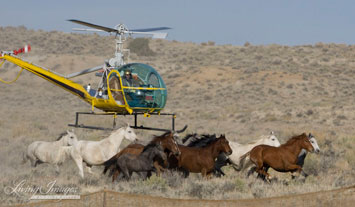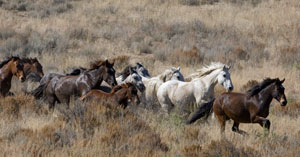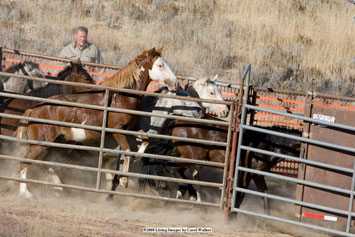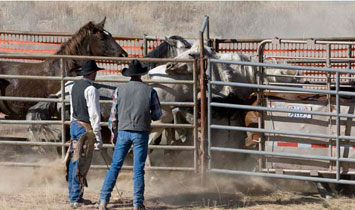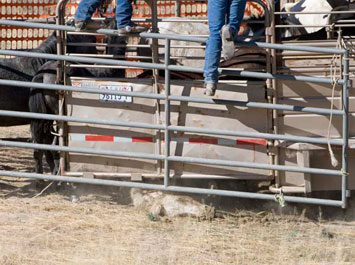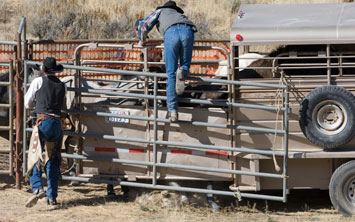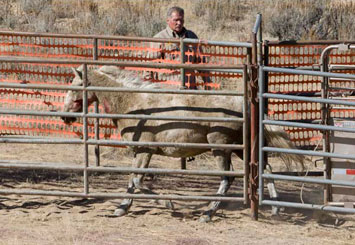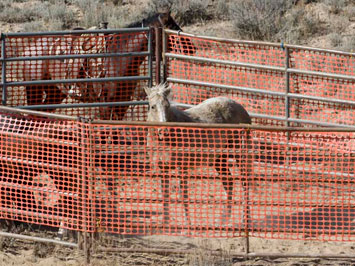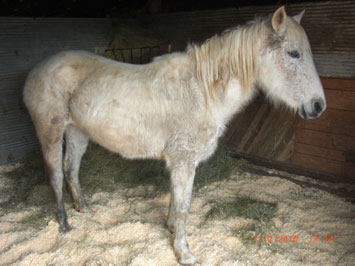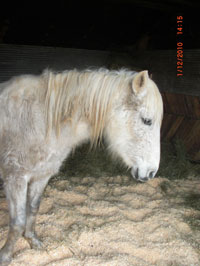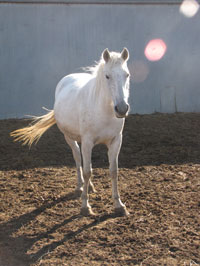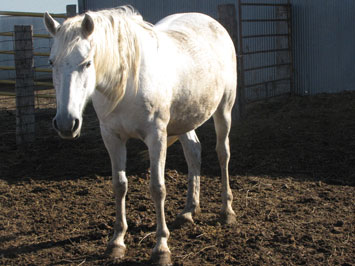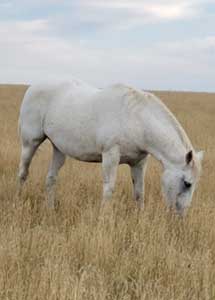DOES DEMOCRACY EXIST for AMERICA'S WILD HORSES and BURROS in OUR COUNTRY?
In 2005, a rider was inserted into the spending Omnibus bill which began to destroy protections for wild horses and burros in our country. Senator Burns (MT-R) and Senator Dorgan (D-ND) and Senator Reid (D-N) were behind the clandestine rider. Yesterday, another insertion eliminating more protections for wild horses and burros was inserted into the Omnibus bill, which will be law until September. The Wild Horse and Burro Act of 1971 PL 92-195 passed through Congress without ONE dissenting vote. For years now, the opposition has managed to erode one the most important environmental laws written for public lands. The insertion (below) was never debated on the floors of Congress, just as it was not in 2005.
U:\2017REPT\Final\CPRT-115-HPRT-RU00-SAHR244-AMNT.xml
(b) Section 810(a)(1) of Title VIII of Division B of Appendix D of Public Law 106-554, as amended (54 U.S.C. 320101 note), is further amended by striking ”$10,000,000” and inserting ”$12,000,000”.
HUMANE TRANSFER OF EXCESS ANIMALS
SEC. 116. Notwithstanding any other provision of law, the Secretary of the Interior may transfer excess wild horses or burros that have been removed from the public lands to other Federal, State, and local government agencies for use as work animals: Provided, That the Secretary may make any such transfer immediately upon request of such Federal, State, or local government agency: Provided further, That any excess animal transferred under this provision shall lose its status as a wild free-roaming horse or burro as defined in the Wild Free-Roaming Horses and Burros Act: Provided further, That any Federal, State, or local government agency receiving excess wild horses or burros as authorized in this section shall not: destroy the horses or burros in a way that results in their destruction into commercial products; sell or otherwise transfer the horses or burros in a way that results in their destruction for processing into commercial products; or euthanize the horses or burros except upon the recommendation of a licensed veterinarian, in cases of severe injury, illness, or advanced age.
Although protections are written into this bill, nowhere does it prohibit the agencies from selling our wild horses and burros internationally. Once protections are lifted, these animals can be sold abroad to third world countries by agencies as long as they proclaim that the horses and burros will not be sold for slaughter.
What Congress people were behind the insertion of this bill? We must know. The bottom line is … we are seeing democracy eroded in this country and what will we do about it?
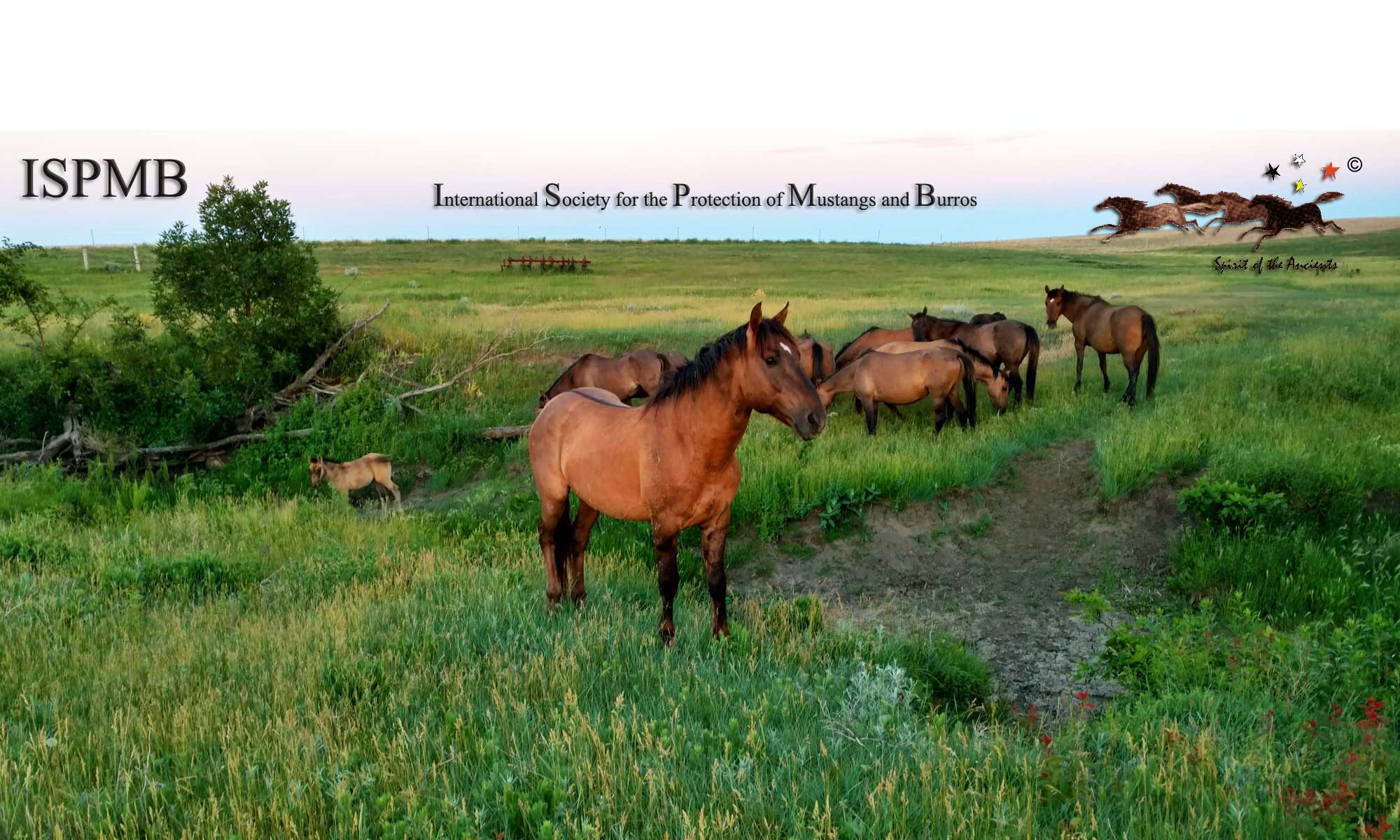

 “It should be evident to the Forest Service that the people of Arizona love their wild horses. When the Salt River wild horses of the Tonto Forest were nearly removed last August it created uproar by thousands of AZ citizens,” states Ms. Irvin.
“It should be evident to the Forest Service that the people of Arizona love their wild horses. When the Salt River wild horses of the Tonto Forest were nearly removed last August it created uproar by thousands of AZ citizens,” states Ms. Irvin.  According to Sussman, who has studied wild horse behavior and population growth for the past sixteen years in four of ISPMB’s wild herds that the organization manages, low reproductive rates in wild horses are directly related to keeping the family band structures intact. This means that the governments own management has increased population growth by the constant disruption of the family bands through helicopter roundups. Stable band structures are essential to the health and well-being of wild horses and this is why the 1971 Act stated that horses must be managed with ‘minimum feasible management.’
According to Sussman, who has studied wild horse behavior and population growth for the past sixteen years in four of ISPMB’s wild herds that the organization manages, low reproductive rates in wild horses are directly related to keeping the family band structures intact. This means that the governments own management has increased population growth by the constant disruption of the family bands through helicopter roundups. Stable band structures are essential to the health and well-being of wild horses and this is why the 1971 Act stated that horses must be managed with ‘minimum feasible management.’ 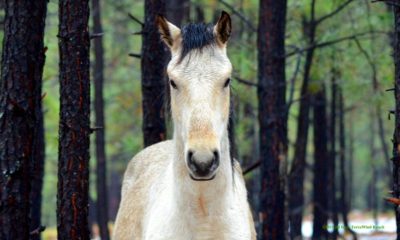
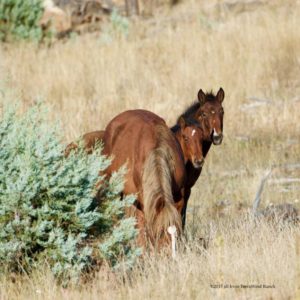
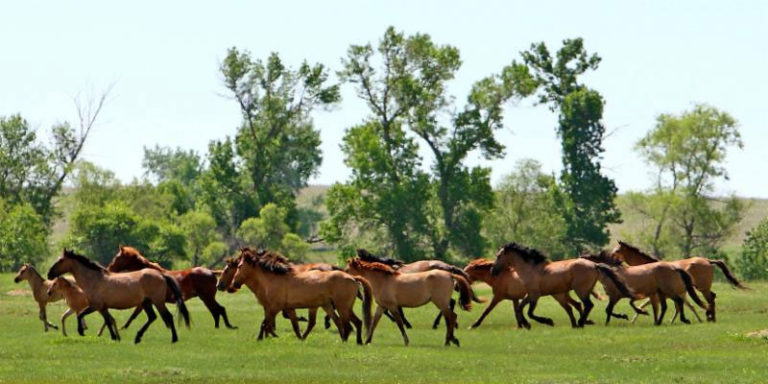

 Only a few days remain until 100 plus wild horses will be rounded up and sold by the Forest Service. These horses make their home along the Salt River in the Tonto National Forest near Mesa, AZ. The horses are one of the main attractions that bring tourists from around the country and locals who love viewing them as they tube down the river.
Only a few days remain until 100 plus wild horses will be rounded up and sold by the Forest Service. These horses make their home along the Salt River in the Tonto National Forest near Mesa, AZ. The horses are one of the main attractions that bring tourists from around the country and locals who love viewing them as they tube down the river.



 The Council Circle of ISPMB announces the passing of our beloved Vice-President, Michael Blake, on May 2, 2015 at his home in Tucson where he resided with his wife, Marianne Mortensen Blake, and their three children, Quanah, Monahsetah and Lozen who were named after historic Native Americans.
The Council Circle of ISPMB announces the passing of our beloved Vice-President, Michael Blake, on May 2, 2015 at his home in Tucson where he resided with his wife, Marianne Mortensen Blake, and their three children, Quanah, Monahsetah and Lozen who were named after historic Native Americans.  He will be remembered by our organization as immensely passionate about the need to protect wild horses keeping their families intact and free from roundups on our public lands.
He will be remembered by our organization as immensely passionate about the need to protect wild horses keeping their families intact and free from roundups on our public lands. 
